Many people dream of trekking to Everest Base Camp to experience the grandeur of the Himalayas and gaze upon Mount Everest herself. At over 29,000 feet, this iconic peak draws adventure seekers from all corners of the globe. While steep and challenging, the EBC trail is considered non-technical, allowing everyday trekkers the opportunity to test their limits.
Stretching around 11 days from Lukla to Gorak Shep and back, the EBC route winds through rugged terrain dotted with rural Sherpa villages. Trekking at high altitude presents risks that require guidance from certified crew. The rewarding climax emerges onto Everest's moraine-strewn basecamp, granting panoramic views of the world's highest point looming in the distance.
It's a journey with memories to last a lifetime among the towering mountains and friendly local people. However, planning properly for costs is crucial to enable the dream. Factors like guide fees, food, lodging, permits and more all factor into budgeting realistically. Let's explore the different financial elements involved so anyone passionate about this pioneer path may follow it successfully. With diligent preparation on spending, the wonders of Everest can inspire all.
Typically, the itinerary involves flying from your city in India to Kathmandu, Nepal. Flight costs are usually around 5,000 - 20,000 Indian Rupees depending on season and airline.
From Kathmandu, the group travels by private bus or vehicle (about 7-8 hours) to Lukla, the mountain airport that serves as the gateway to the Everest region. Flights from Kathmandu to Lukla cost approximately 18,000 Indian Rupees return per person.
Taking the overland route from India helps keep the overall cost slightly lower than booking only within Nepal. The estimated package rates starting from major Indian cities range from 120,000-150,000 Indian Rupees, including international flights but not personal expenses like snacks, gifts, or insurance.
On the trek you will need an experienced, certified English-speaking guide, dining and cooking tents, comfortable 3-star accommodation in tea houses, and porters to carry luggage between camps. Some basic trekking gear like sleeping bags can also be rented.
With proper preparation and barring any weather issues, the majestic Everest region can be accessed within the budgets of most aspiring mountaineers travelling from India.
Day 1: Transportation from Kathmandu to Lukla typically costs around $200 per person by air. Flights on scheduled carriers are the most common option. Chartering a helicopter would be significantly more expensive.
Days 2-5: Accommodation in simple tea houses along this section, like shared rooms or dorms, costs approximately $15-25 per night including meals. Upgrading to a private room is an extra $5-10 per night.
Days 6-7: Reaching Base Camp involves ascending to over 5,000 metres where supplemental oxygen may be necessary for $15-40 per day depending on individual needs. Basic camping or guesthouses during this phase are also around $15-25 per night.
Days 8-10: The descent back through villages mirrors the cost of the climb. Return flights from Lukla to Kathmandu are about $200. Figure $100-200 additionally for guide/porter fees and park/insurance permits.
Overall: Budget a minimum of $800-1,200 without optional upgrades like luxury lodges or helicopters. Including international airfare to Nepal, plan to spend $1,000-2,000 for the full Everest Base Camp trek experience from Kathmandu. Advance bookings can sometimes save a few dollars per item as well.
Taking these variables into account, budget-friendly EBC treks range from $700 off-season up to $1200 peak season for premium trips. Flexibility helps find affordable ways to achieve this lifelong dream!
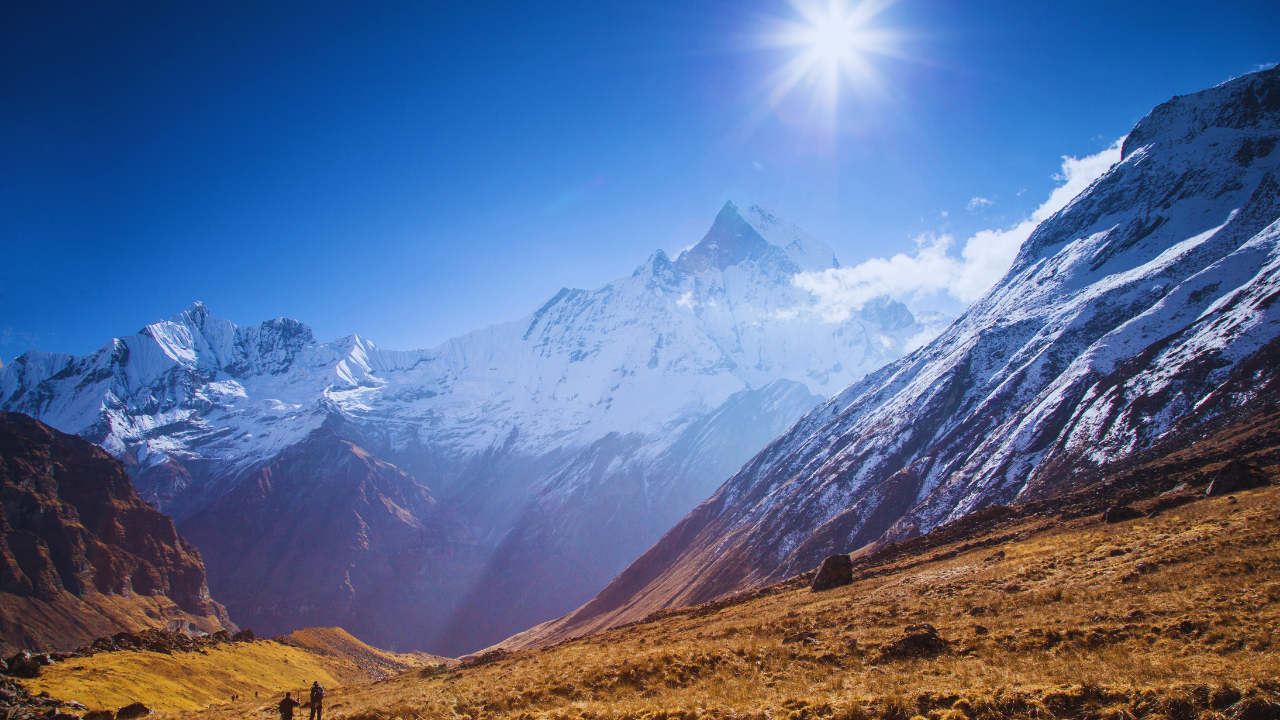
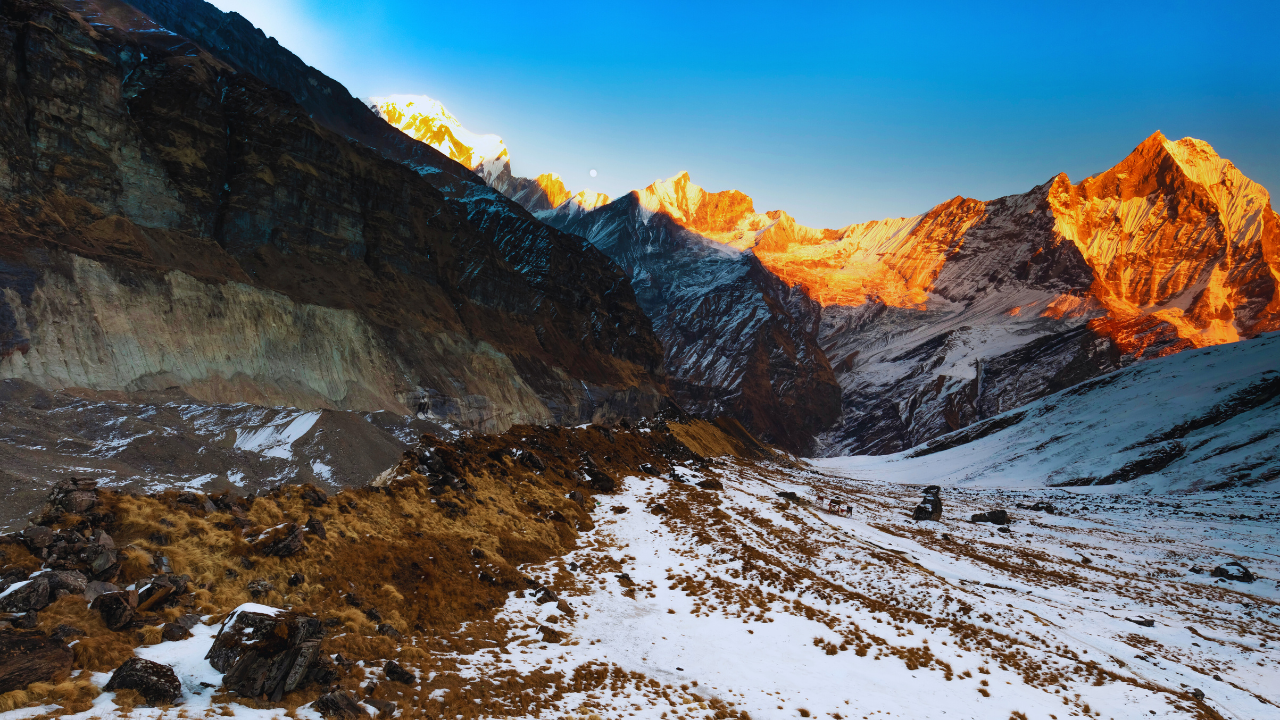
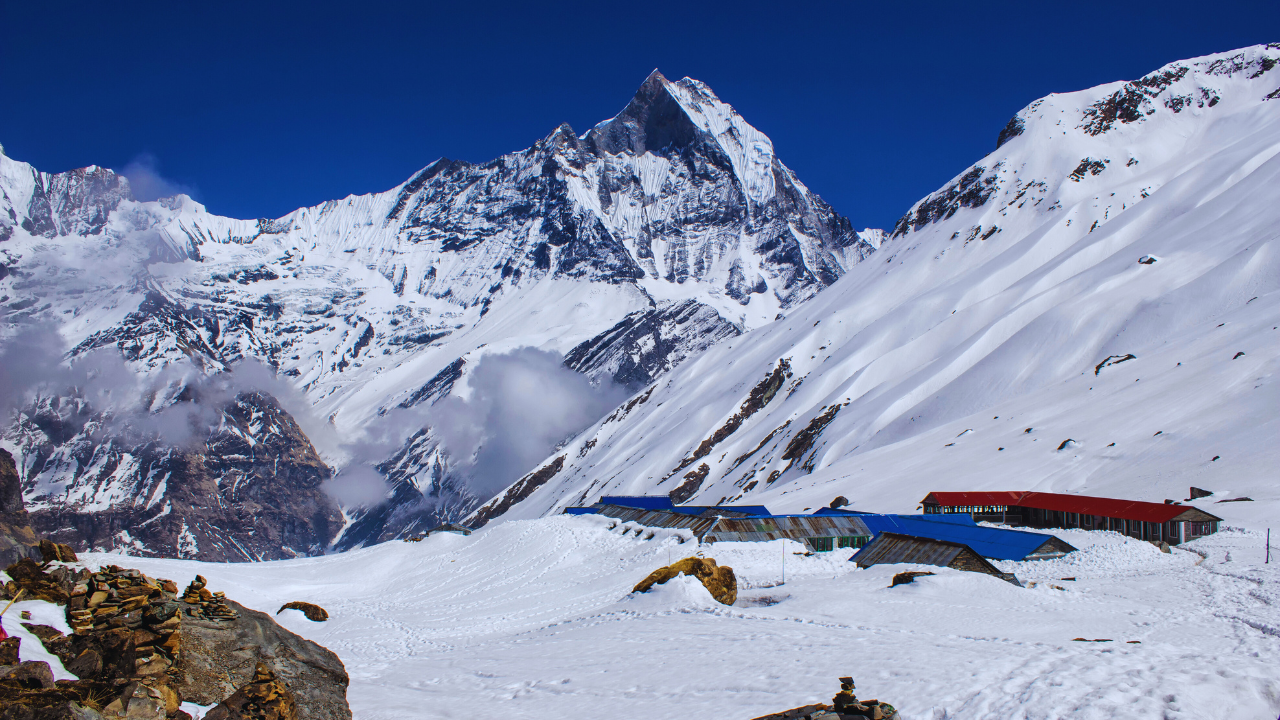
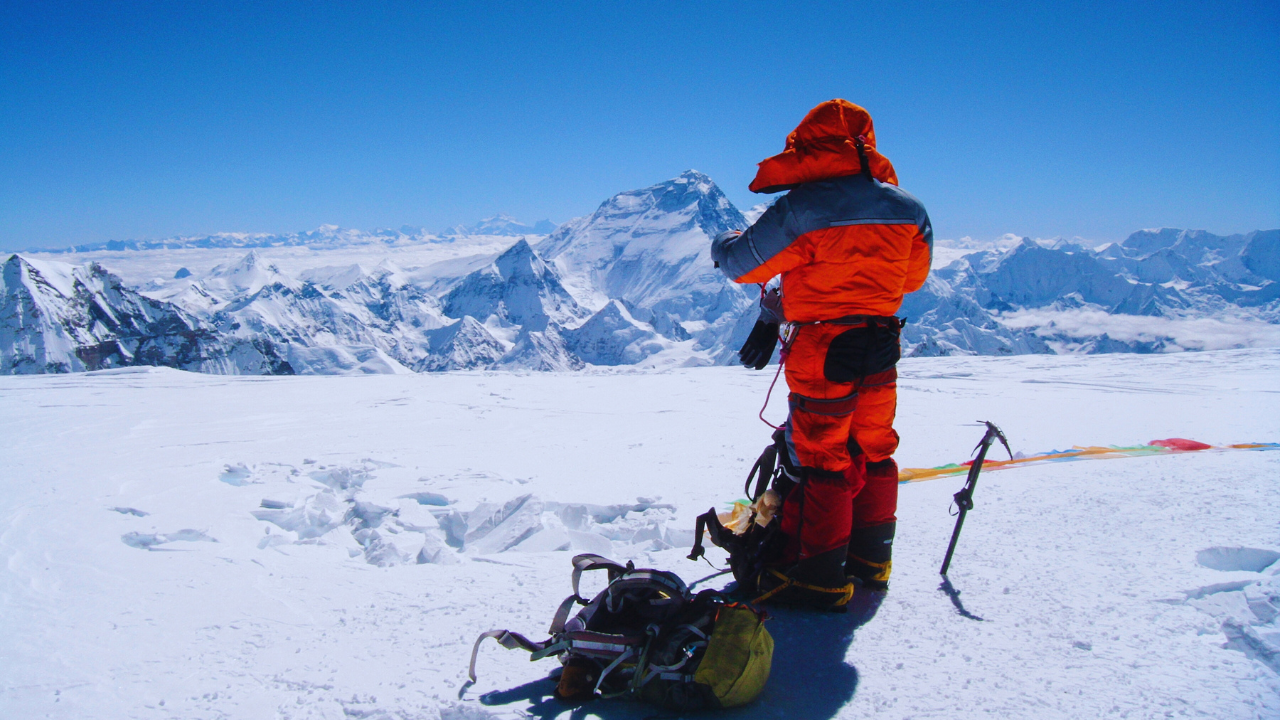
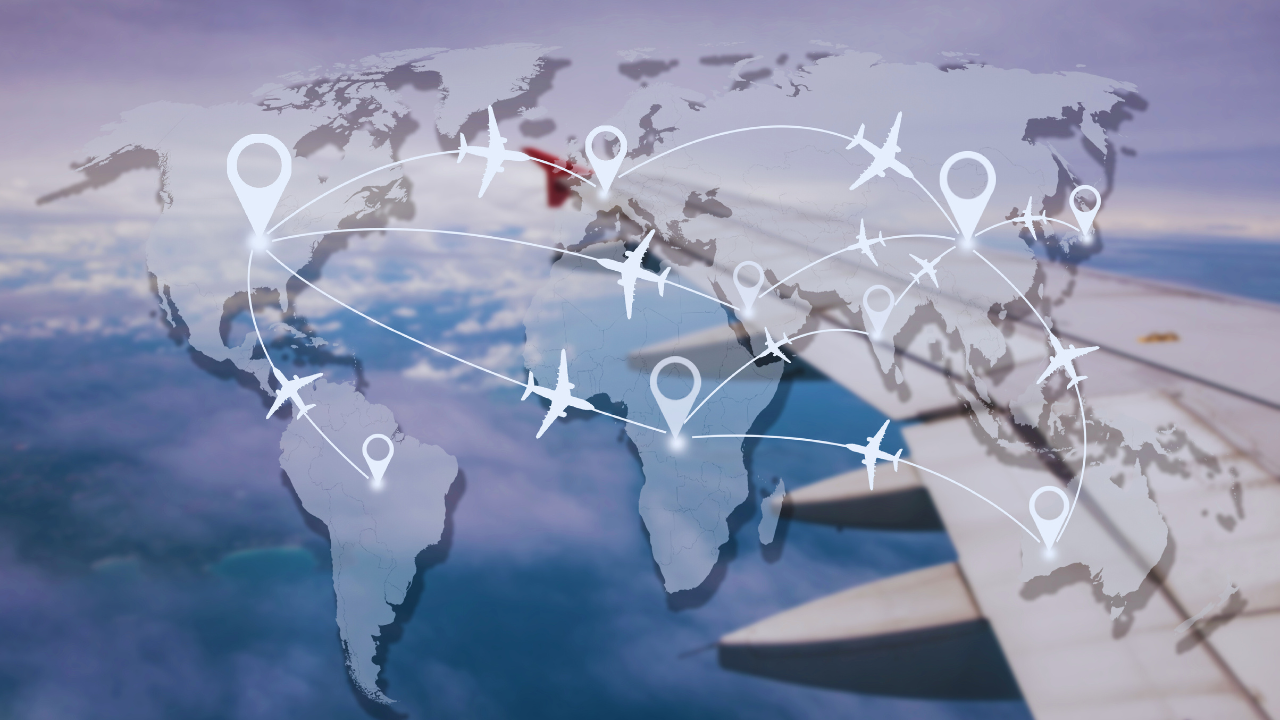


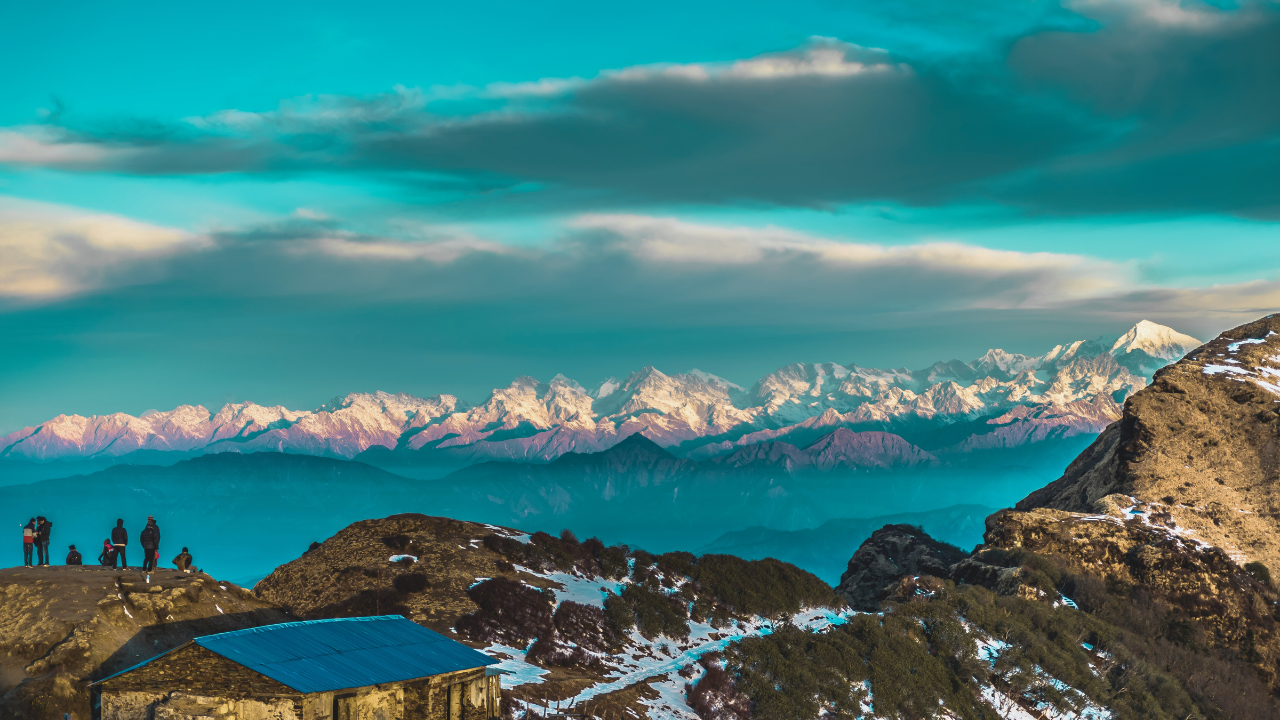







































Comments